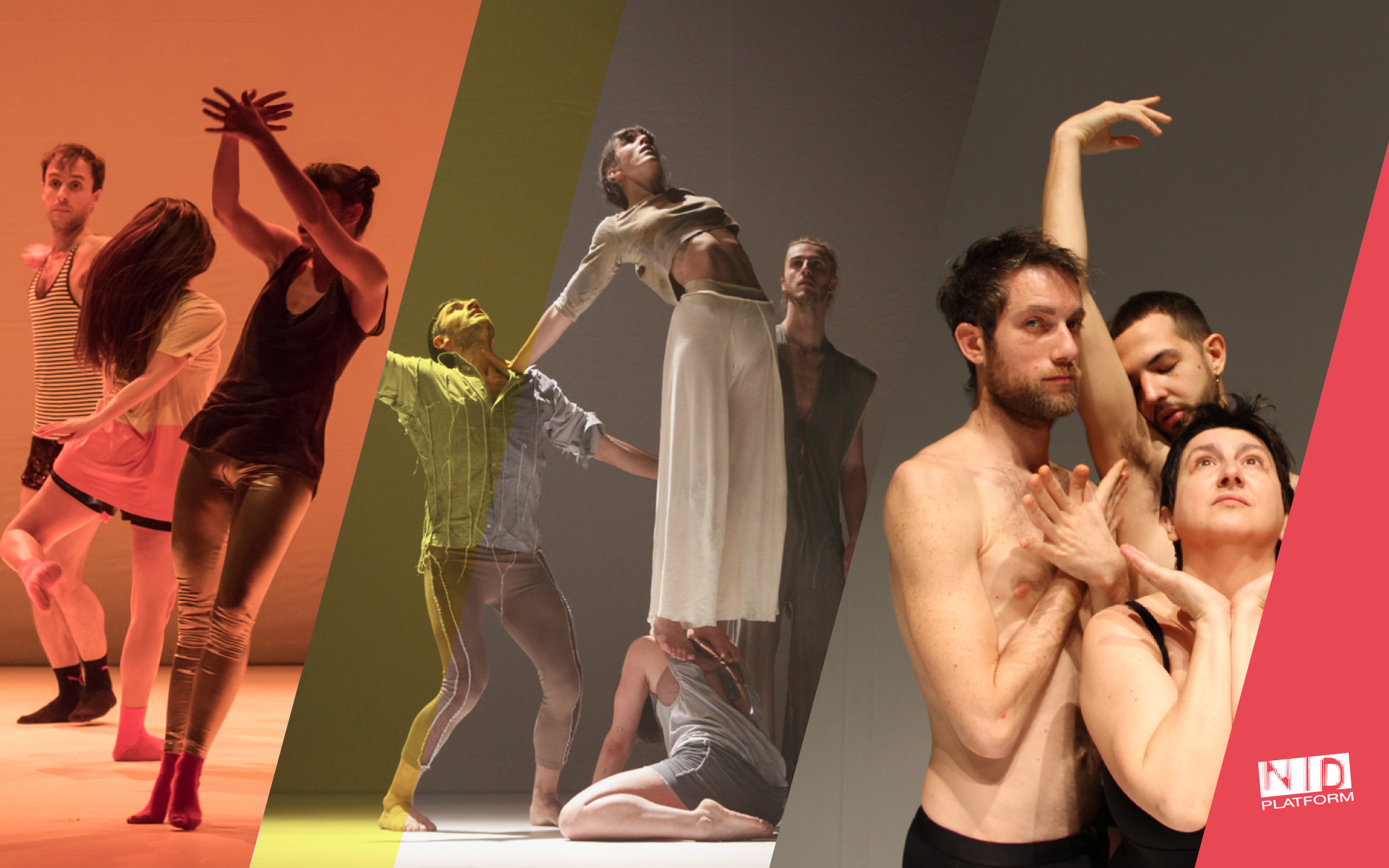NATALIA ALVAREZ: COMMISSIONER FOR NID PLATFORM 2017
Interview by Lisa Cadamuro – NID Platform staff
Natalia Alvarez is the director of Teatros del Canal and Centro Danza Canal in Madrid. She studied History of Art, and coordinated a number of dance projects in museums and exhibition venues. She is one of the International commissioners of Nid Platform.
You have been appointed as a commissioner for NID Platform 2017. Had you heard about this project before? What are its strengths, in your opinion?
Yes I attended a couple of years ago because I was the coordinator of round table about dance and museums. It’s very important for a country to have a dance exhibition platform, in order to make its artists more visible. It’s the best way to get programmers from other countries to know what is happening. Besides, I think that round tables, the multiple spaces, as well as its celebration in different places of the country are the main strengths of the organization.
Do you believe that nowadays there is a new creativity in Italian dance?
Yes of course, there is now a creativity moment in Italy, it has choreographers presenting pieces in the Biennal of Lyon, which is one of the most important platforms for dance in the world.
But there is certainly a necessity of more institutional support for this new creativity to develop.
What are your expectations from the companies and shows which will apply to NID Platform 2017?
My expectations are to attend and see the new landscape of contemporary dance in Italy, new productions from artists, and discover new choreographers and follow the work of others. I’m particularly interested in seeing how the social and cultural context in which the artists develop their work affects the results of their creation processes.
What are the problems that the Italian dance sector is currently facing, and what would you suggest in order to overcome these obstacles?
There is a problem of public funding because of the crisis and cuts to public expenditure, affecting the ability of national and international theaters and festivals to hire dance artists. Dance is a specially vulnerable part of the business, as the audience is less consolidated and it depends on the public support more tan theater or music, for instance. Some measures I would suggest are encouraging local programmers to include dance in their ordinary seasons, fostering communication campaigns to widen
the audience, and collaborating with educational institutions (schools and universities) in order to increase the sensibility towards dance among the new generations and potential new audiences.
Furthermore, I think there is a lack of overall systematisation. While there are interesting organisations working regionally, there is not much clarity about who does what and not enough collaboration among them – thus a sense of a lack of sustainable infrastructure that can help artists in their long-term development. Also, there seems to be not much space for programming contemporary dance in the national theatres in Italy. Hence, a lack of knowledge and visibility for contemporary dance among the larger audience.
What sort of advice would you give to a young Italian choreographer/dancer?
The same advice that I would give to any choreographer: build your own network (a network made of different people that can help critically engage and support your work on multiple levels: professionals, artists from your discipline and other disciplines, dramaturges, your public, etc) and connect/be aware to/of what’s outside your own country.
